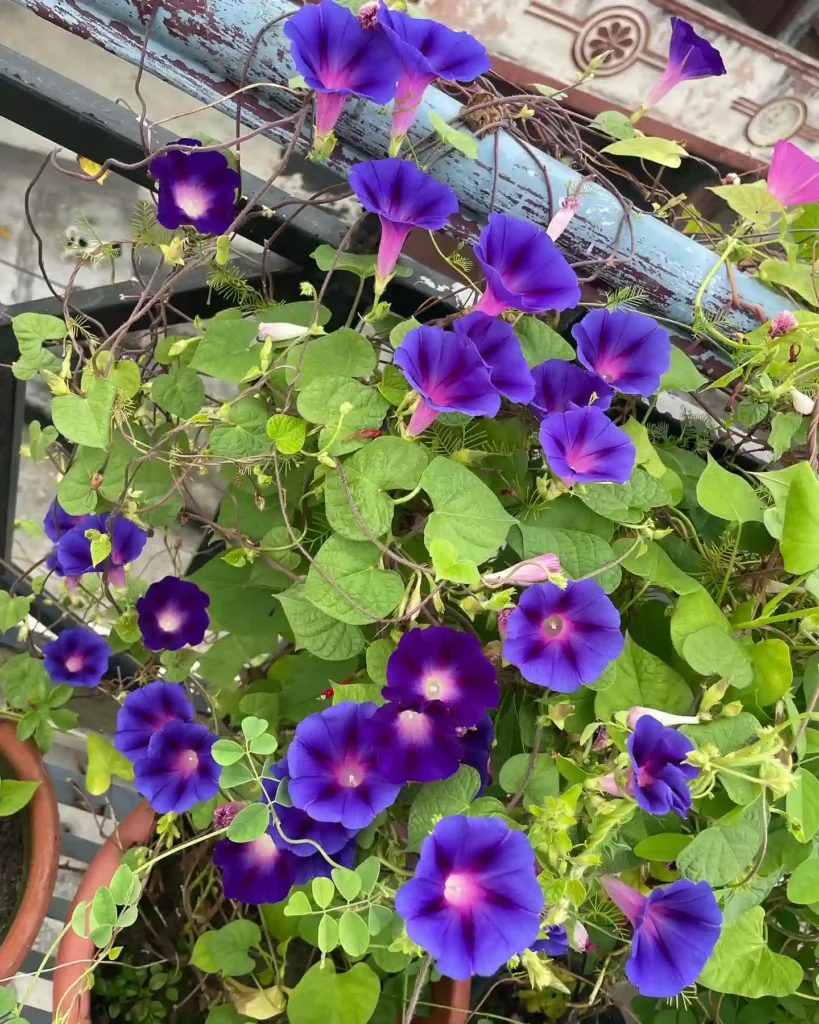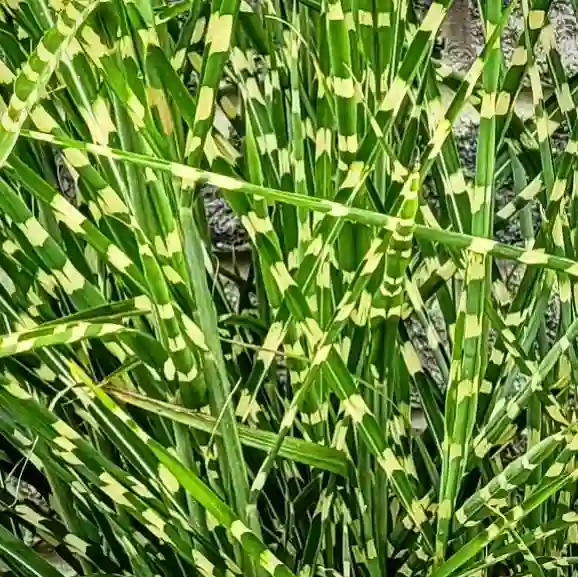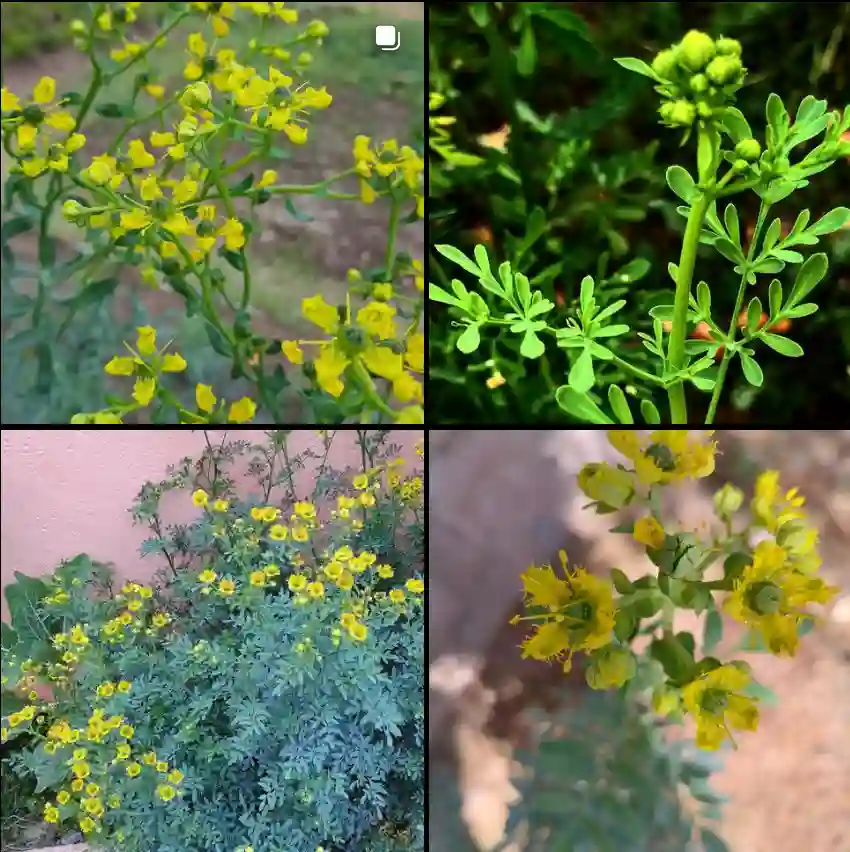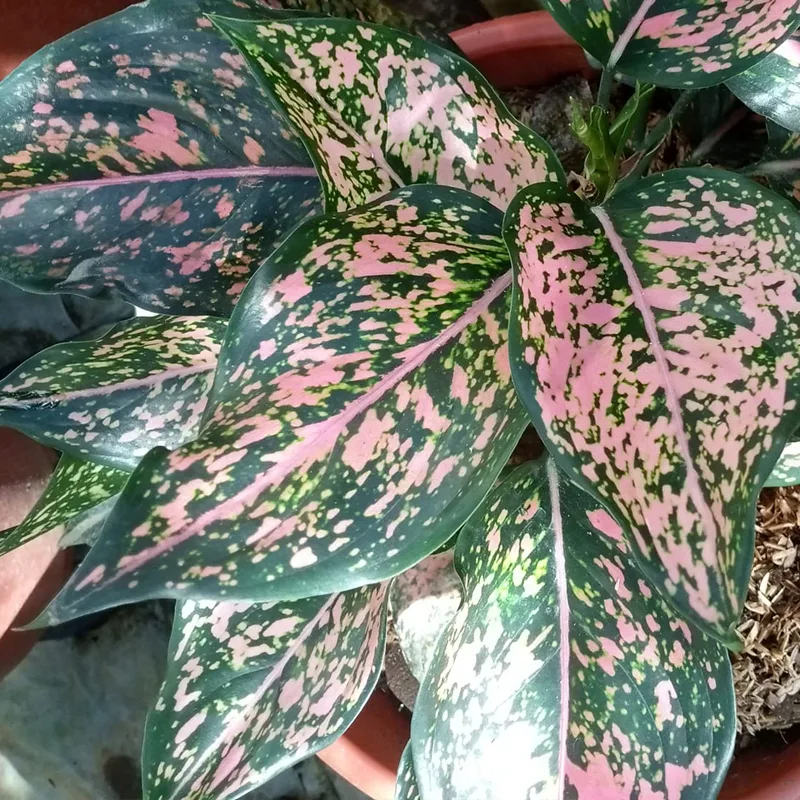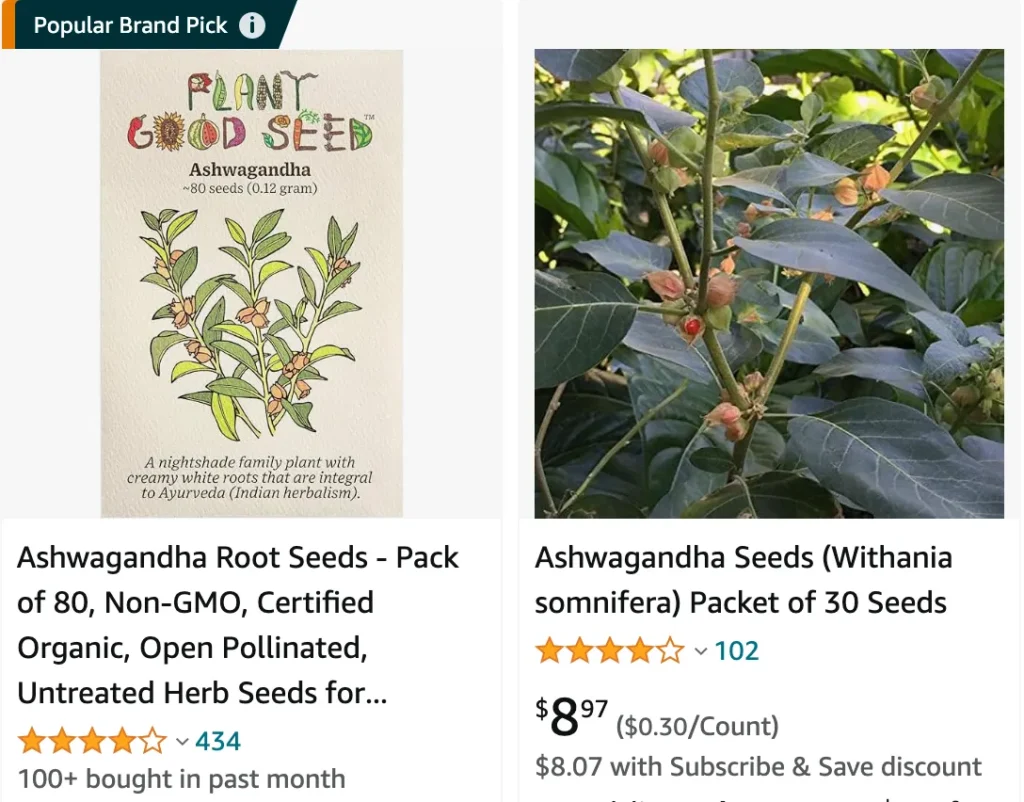
What is Withania somnifera?
Withania somnifera, also known as Ashwagandha, is a herb that I discovered during a time when I was really stressed out and looking for natural remedies. It’s like my secret weapon against stress and anxiety. I started incorporating it into my daily routine, and I noticed a significant improvement in my overall well-being. It’s amazing how something so simple can have such a profound effect on my mental health.
19 Species in Genus Withania
What is Withania somnifera good for?
Withania somnifera is good for so many things, but for me, its stress-relieving properties are what stand out the most. Whenever I feel overwhelmed or anxious, I turn to Ashwagandha to help calm my nerves and regain focus. It’s like a natural chill pill that allows me to tackle whatever life throws at me with a clear mind and steady resolve.
Where can I buy Withania somnifera?
I usually buy Withania somnifera supplements from reputable health food stores or online retailers that specialize in natural remedies. I always make sure to do my research and read reviews before making a purchase to ensure that I’m getting a high-quality product. Quality matters when it comes to supplements, especially ones that I’m putting into my body regularly.
How to grow Withania somnifera?
Here’s a guide on how to grow it:
Planting Methods:
You can grow Ashwagandha from seeds or root divisions:
Seeds:
- Timing: The ideal time to sow seeds outdoors is in spring after the last frost. Alternatively, you can start seeds indoors 6-8 weeks before the last frost for transplanting later.
- Planting: Sow seeds about ¼ inch deep in well-draining soil. Keep the soil moist but not soggy during germination, which can take 10-14 days.
Root Divisions (if available):
- Timing: Divide established Ashwagandha plants in spring or fall.
- Dividing: Carefully dig up the parent plant and gently separate healthy sections with roots. Replant the divisions in their own desired locations.
Location and Soil:
- Sunlight: Ashwagandha prefers full sun but can tolerate some partial shade, especially in hot climates.
- Soil: Well-draining, sandy, loamy, or black soil with a pH of 6.5-8.0 is ideal. Amending the soil with compost or organic matter can improve drainage and fertility.
Watering and Care:
- Watering: Water regularly during the growing season, especially during hot and dry periods. Allow the top inch of soil to dry out slightly between waterings. Avoid overwatering, which can lead to root rot.
- Fertilizing: Ashwagandha is not a heavy feeder. A light application of balanced fertilizer once a month during the growing season can be beneficial.
- Mulching: Apply a 2-inch layer of mulch around the base of the plant to retain moisture, suppress weeds, and regulate soil temperature.
Harvesting:
- The roots and leaves of Ashwagandha are the most commonly used parts.
- You can harvest the leaves throughout the growing season.
- Harvest the roots after the plant reaches maturity, typically in the fall of the first year or the second year.
Additional Tips:
- Ashwagandha is a warm-season herb and prefers hot summers.
- It’s generally pest and disease resistant but watch for common garden pests like aphids or whiteflies.
- Ashwagandha is self-seeding in some climates. You may need to remove unwanted seedlings if they pop up in unintended locations.
- Disclaimer: Ashwagandha is a medicinal herb and may interact with certain medications. Consult with a healthcare professional before using Ashwagandha medicinally.
Is Withania somnifera safe?
From my experience and research, Withania somnifera is generally safe when taken in recommended doses. However, like with any supplement, it’s essential to consult with a healthcare professional before adding it to your routine, especially if you have any underlying health conditions or are taking medications. Safety always comes first when it comes to taking care of my health.
Is Withania somnifera the same as Ashwagandha?
Yes, Withania somnifera is indeed the same as Ashwagandha. I remember being a bit confused when I first heard both names, but after doing some digging, I realized they refer to the same powerful herb. Whether you call it Withania somnifera or Ashwagandha, its benefits remain the same, and I’m grateful to have it in my life.
What is Withania somnifera root extract?
Withania somnifera root extract is a concentrated form of the herb that’s often used in supplements and herbal remedies. I’ve tried both the root extract and the powdered form, and I find that they both offer similar benefits. The extract is just a more potent version, so you can get the benefits in smaller doses. It’s a convenient option for when I’m on the go and need a quick stress-relief boost.
If i die, water my plants!
